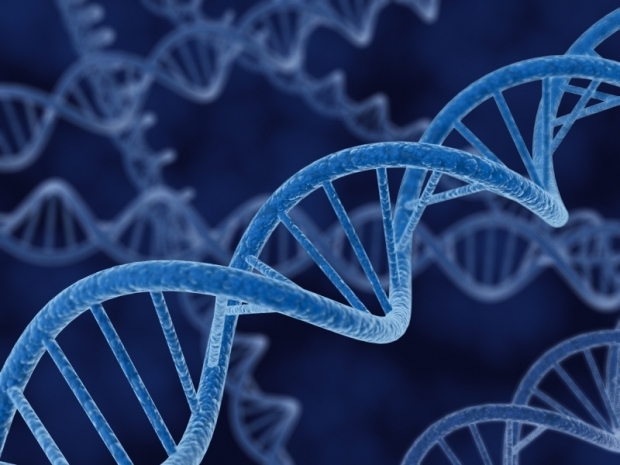IEEE Spectrum said that the tricky part is learning how to put the information into and get it out of the molecule in a cheap way and fast enough. For a DNA drive to beat today's tape drives, it must be able to write about 2 gigabits per second, which is about 2 billion bases per second in DNA terms.
The global market for synthetic DNA today is only about ten terabases per year, about 300,000 bases per second over a year. The whole DNA-making industry would need to grow by about 10,000 times to compete with a single tape drive.
Keeping up with the global demand for storage would need another 100 million times of improvement by 2030. But humans have done this scaling up before. Exponential growth in silicon-based technology is how we ended up making so much data. Similar exponential growth will be key in the switch to DNA storage.
Companies like DNA Script and Molecular Assemblies sell automated systems that use enzymes to make DNA. These methods are replacing traditional chemical DNA for some biotech industry uses.
It won't be long before we can mix the two technologies into one device: a chip that turns digital signals into chemical changes (for example, changes in pH), and an enzyme system that reacts to those changes by adding specific, individual bases to make a strand of synthetic DNA.
The Microsoft and University of Washington teams, working with the enzyme-making company Ansa Biotechnologies, recently took the first step towards this device. The way is clear: making a DNA drive that works is just a matter of time and money.
At the same time, advances in DNA making for DNA storage will make DNA more available for other uses, especially in the biotech industry. They will make it easier to reprogram life. Somewhere down the line, when a DNA drive can do two gigabases per second (or 120 gigabases per minute), this box could make the same as about 20 full human genomes per minute.
We will enter a different world when humans mix our better knowledge of building a genome with access to almost free synthetic DNA. We'll be able to design bugs to make chemicals and drugs, as well as plants that can fight off pests or suck up minerals from the environment, such as arsenic, carbon, or gold.
Making biological weapons against new diseases will take minutes at two gigabases per second. But so too will making the genomes of new diseases. Indeed, this flow of information between the digital and the biological will mean that every security risk from the IT world will also be brought into biology.

